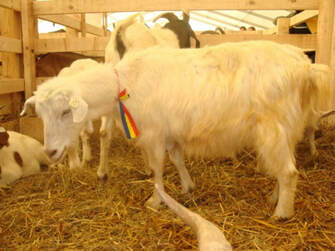 Special thanks to Dr. Stela Zamfirescu, Country Representative for Romania, for sending in this report. 1) Introduction In Romania, goat breeding represents an essential branch of zootechnics and has an old tradition and considerable economic importance. Goat breeding is also an activity with a long tradition of providing milk, meat, and processed products to the population. A third of the country's employed population works in agriculture, which situates Romania well above the 5.9% average of the EU countries. All these elements place Romania among the nations with high agricultural potential (above 30%). In 2019, Romania was third in terms of small ruminants. Currently, the goat sector counts over 2,045,000 heads, of which 1,320,000 are breeding goats, and 200,000 are mated juveniles, which led to an increase of the total number by 5.4% compared to 2018. Goat breeding belongs entirely to the private sector. The animals are reared in rural areas because there are favorable conditions for their breeding. They are also raised because of the higher demand from consumers. Of the total number, 83% of goat farms have up to 10 goats, and they also represent most of the total number, of over 37%. The strong points of goat breeding in Romania are determined by:
The disadvantages of local breeds are low milk and meat productions and the degree of dispersion, which leads to the difficulty of applying modern methods and technologies of breeding and exploitation and poor marketing organization.
2) Goat breeds reared in Romania There are two breeds of local goats in Romania: Carpathian and White of Banat. These are characterized by morphoproductive polymorphism due to an empirical selection, the characteristic of the traditional breeding system, in which the affective component and the productive performance dominated. The Carpathian breed The Carpathian breed is the most common in our country, and until recently, it represented 85% of the total number of goats. Currently, due to intense half-breeding, this breed decreased to 32%. Rearing these goats is very lucrative in conditions of traditional breeding because they are easy to raise. They have adapted to diverse environmental conditions, especially plains and hill areas where various shrubs grow. The goats can exploit the food offered by poor quality grass, shrubs, foliage, etc. They withstand extreme temperatures and have excellent tolerance to diseases, requiring a straightforward and limited plan to prevent infectious and contagious diseases. It is a rustic and resistant breed, insufficiently improved, with a pronounced maternal instinct. The external aspect is specific to non-improved breeds: small and elongated head, with big horns pointing backward and laterally, medium size, appropriately developed thorax, elongated body, narrow chest, ridged spine, narrow rump, and a well-developed build. The limbs are strong, with a poorly developed musculature but with high mobility and quickness. The coat is made up of under hair and relatively long hair, with a strong and variable chromatic polymorphism such as various shades of grey, reddish, white, or variegated. The body weight is approximately 38.5-52.5 kg in females and 50-65 kg in males. The milk production depends on the level of lactation, degree of female selection, and the amount and quality of the feed. The milk production is highly variable, between 150 and 280 liters of milk in 5-7 months of lactation. IN 2019 the milk average milk production was 1580 g /day, in 210 days of lactation. The prolificacy is between 125 and 150%, while the fecundity characteristic to this breed is 97%. At the age of 10-12 months, it registers 72% of the adult weight, which means it can be mated before one year old. The Banat White breed In the western part of Romania, the Banat White developed 130 years ago, called Banat, by the crossing between Carpathian does and German Noble bucks to increase productivity. They spread from that source area to other parts of the country and represent 15% of the total goats in Romania. The body shape displays the characteristics of the dairy morphoproductive type: pyriform and elongated torso, fine head with laterally flattened horns pointing backward. The neck is medium length and thick, the torso is pear-shaped, the limbs are strong with well-developed bones and fine but strong musculature which offers increased mobility. The body weight reaches 50-70 kg in males and approximately 45 kg in adult females. The coat is uniform white. The fecundity of this breed is 97-99% while the average prolificacy is 160-175%. Sexual maturity is early, at around 7-8 months, so young does that reach 70% of the adult weight can be mated at 10-11 months. The females have a well-developed udder, and the milk production is 250-450 kg on average but can exceed 500 kg over a lactation period of 150-270 days in good conditions of feeding and maintenance of selected goats, with wide variability, between 297 and 500 liters of milk in 247 (183-276) lactation days. Imported goat breeds Over 50,000 goats were imported to Romania during the past 20 years. Most were brought in from Europe (France, Austria, Spain, England, Germany), from several specialized dairy or meat breeds (Saanen, Alpine, Anglo Nubian, Toggenbourg, Muciana Granadina, Boer, and Angora) and whose morphoproductive characteristics are sufficiently known. These were used to improve the milk or meat aptitudes in local breeds. All imported breeds do not perform to the same genetic potential level as their countries of origin due to adaptation and different feeding systems. 3) Breeding systems The extensive system In Romania, breeders mostly use the extensive system, also called the traditional system, as the goats obtain their food requirements by grazing most of the time (7-8 months of the year). Depending on the number of goats and the feeding possibilities, one-two goats can be kept around the house, in separate tribes, or as part of sheep flocks. There are frequent situations when, for the grazing period in this rearing system, goat tribes are constituted per locality. The sheds are simple, of various shapes and sizes, often closed but warm. Inside, the feeding troughs are placed on a wall. In bigger sheds, these are placed on the sides of the main alley. Milking is done by hand or mechanically, depending on the number of goats. The feed is made up of fibrous forage plants (alfalfa hay, grass hay, corn cobs) and a wide range of cereals (barley, oat, corn, sunflower, and soy). Goats are mated naturally between September and the end of November. They remain together with the kids until weaning at the age of 2.5-3 months old. The intensive system Intensive breeding is practiced in farms with large numbers of goats, especially imported breeds Alpine and Saanen. The goats are kept in a shed all year round, are milked mechanically, and the feeding, drinking, and manure removal processes are all mechanized. The sheds provide at least 6 m3 of air, natural or mechanical ventilation, and an allotted space of a minimum 1.5 m2 for each adult goat. The females give birth in separate stalls, and weaning is done ultra-precociously or early. The kids are then transported to maternities, where they are fed powdered milk using various milk delivery systems (buckets with nipple or automatic distributors of powdered milk). The main feed is made up of good quality hay of all types, wheat or barley straw, and supplemented with pellets, especially for kids, weaned juveniles, and lactating. The number of farms with over 500 goats represents only 0.06 of the number of existing farms, with 120,000 goats and an average of 580 goats/farm. Beginning with the moment national and European support was given (approximately 20-25 euro/head/year), the breed structure has changed considerably: 34.6% Carpathian, 1.7% White of Banat, 1.1% other breeds, and 62.6% crossbreeds. Intensive goat breeding farm 4) The market for goat production in Romania The main productions obtained from goats are milk, meat, and processed products. The consumption of sheep and goat meat increased compared to the one registered in 2017 (1.9 kg meat/consumer) to 2.1 kg of meat/consumer in 2018. On December 31, 2019, the meat production was 25% larger (244 thousand tons) than registered on the same date in 2018 (195 thousand tons). The meat production reported on December 31, 2019 (244 thousand tons) approximately 20% represents family consumption, 70% was delivered directly to the market, and the remaining 10% was delivered to specialized units. Compared to 2016, the production of goat meat (26 thousand tons) in 2019 increased by 6% leading to a meat production of 29.12 thousand tons. The meat is used as carcass, pastrami, sausages, and raw-dried products. Since 2016 (2063 thousand hl), milk production has increased constantly, reaching 2372 thousand hl in 2018, 15% more than the 2016 production. The average output per head of milked goat was 1.54 liters. The milk is turned into telemea cheese, lactic cheese, hard cheese, cottage cheese, and all the types of fermented products (yogurt, sana, and kefir). In Romania, two dairy factories produce lactic cheese and three others that process all types of milk, including goat milk (La Colline, Olympus, Napoca, and Lact IQ). Over the studied years, there are differences among the technical and economic indicators because of price instability and lack of organized revaluation markets for goat productions. According to the zone, the goat milk revaluation price and forage purchase price were different: lower in areas with high goat densities (the southeast of Romania). The technical and economical actions will progress by improving the methods to identify the sheep and goat production systems. Products of milk cheese 5) Future strategies for the sustainable development of the goat sector
Governmental support
Acknowledgements The author wishes to thank Ing. Toma Maria-Agricultral Ministery, Ing. Mandruta Mitu; National Agency for Zootechnie, Anghel Andreea-ANCC Romania for operative data about goats and thank you very much to Chirobocea Olivia Tudor for the English version of this article. Bibliography Data from: INS 2016, 2019; Operative data from MADR Bucuresti and DAJ from Romania county; Annual report 2017 ANCC Caprirom
0 Comments
Leave a Reply. |
IGA Blog
The International Goat Association promotes goat research and development for the benefit of humankind, to alleviate poverty, to promote prosperity and to improve the quality of life. Archives
May 2024
Categories
All
|
|
International Goat Association
2516 Millbrook Rd., Little Rock, AR72227 USA email: [email protected] -454-1641 |
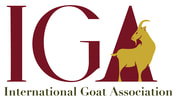
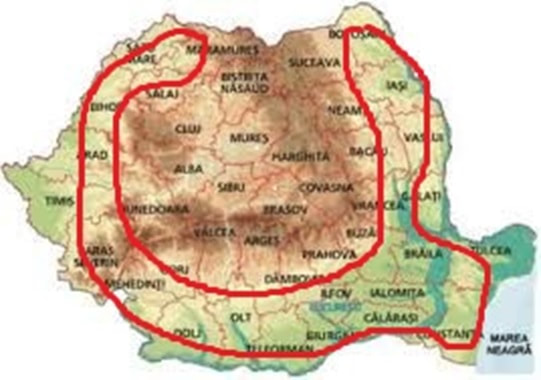
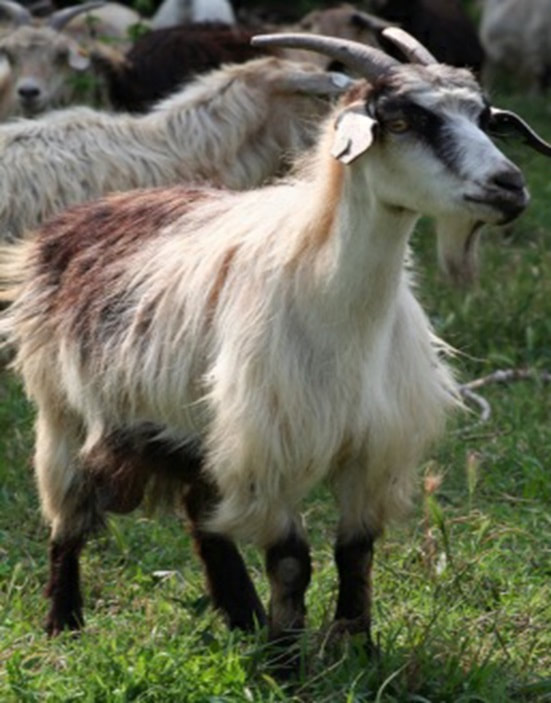
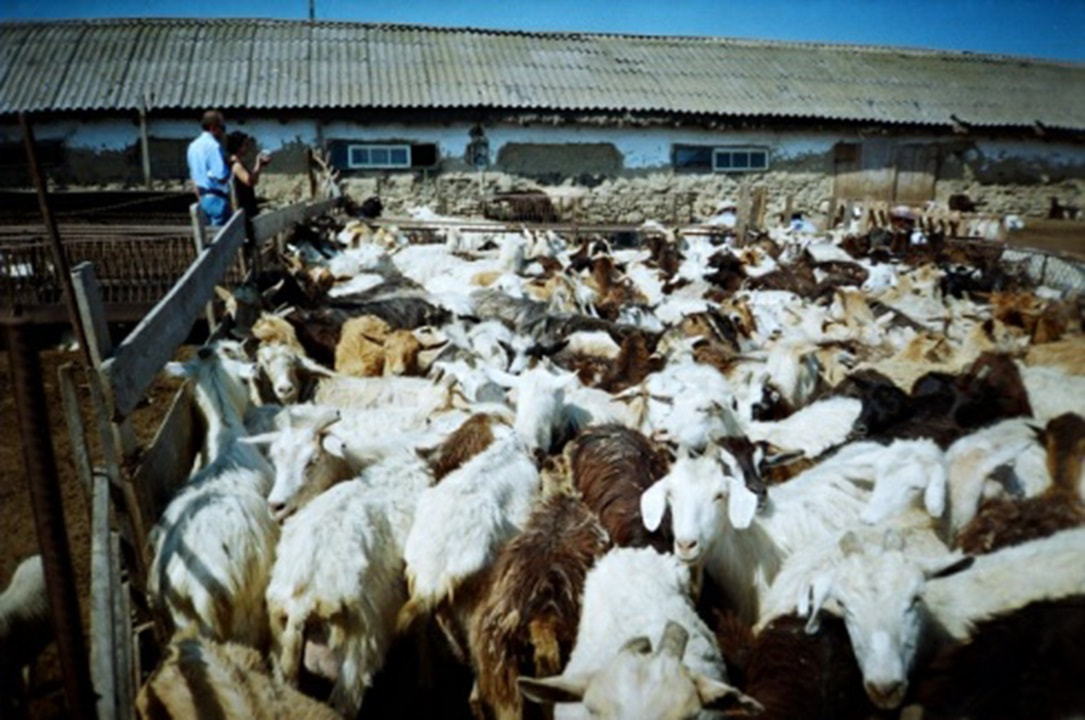
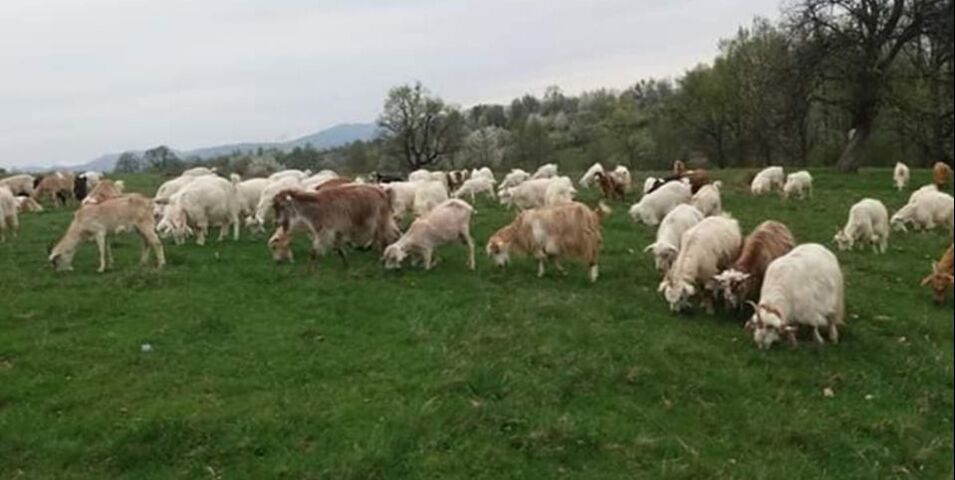
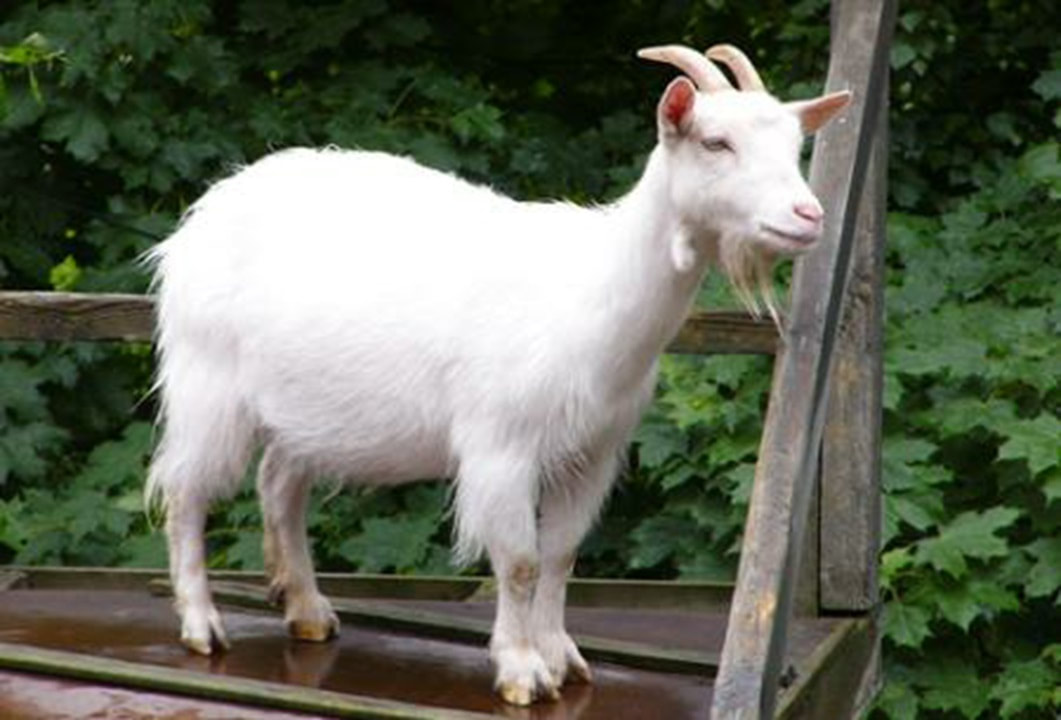
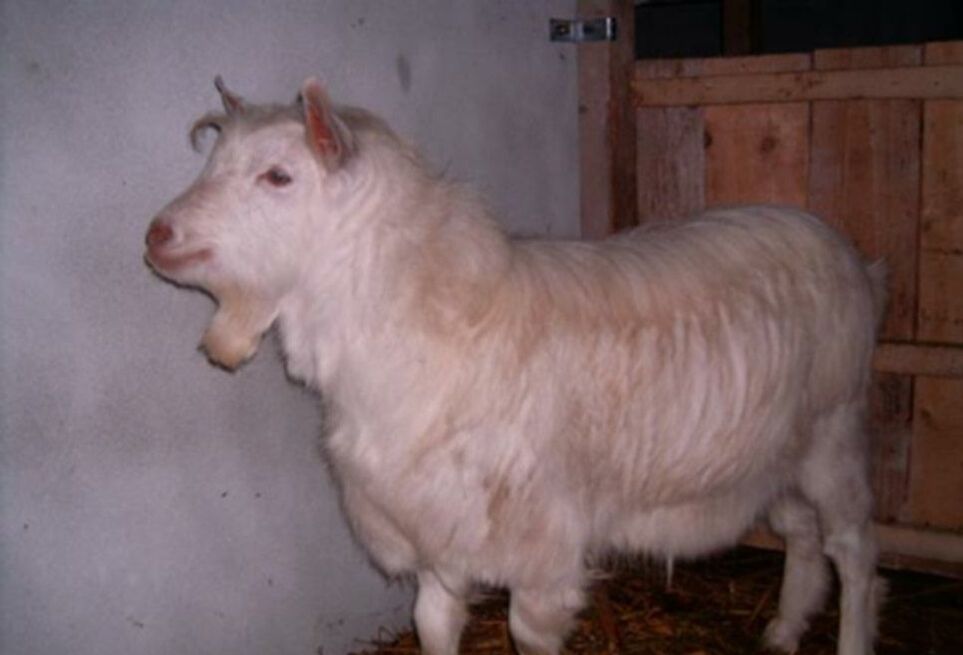

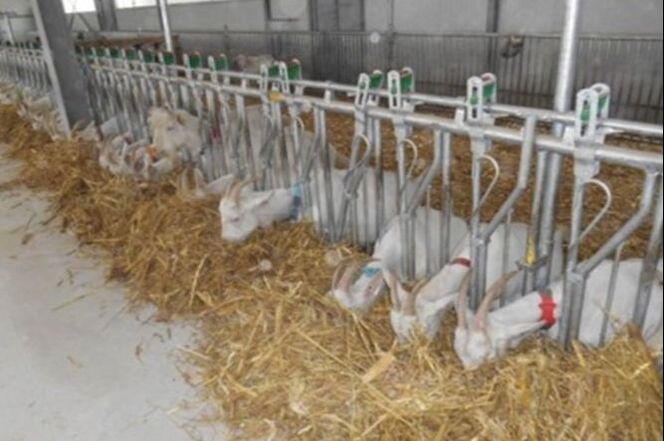
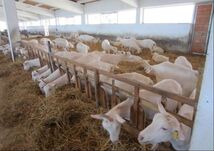
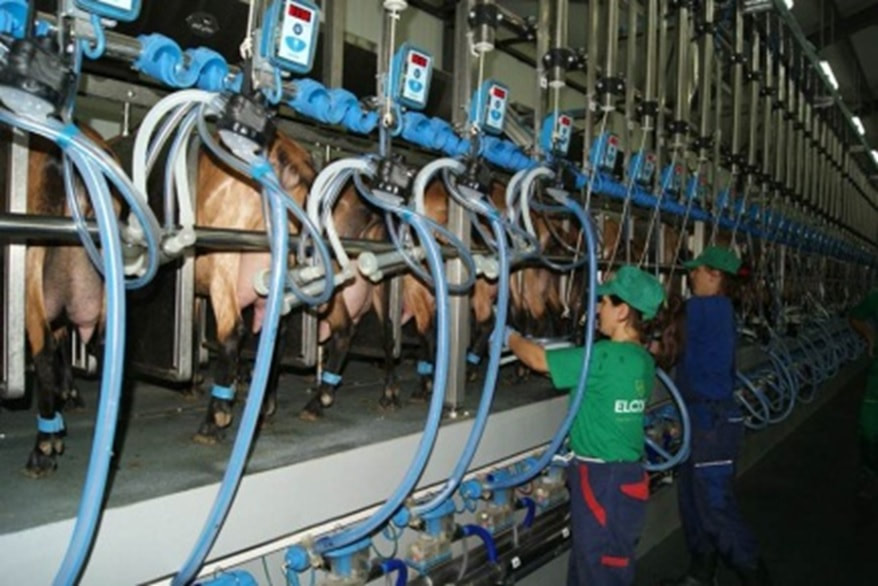
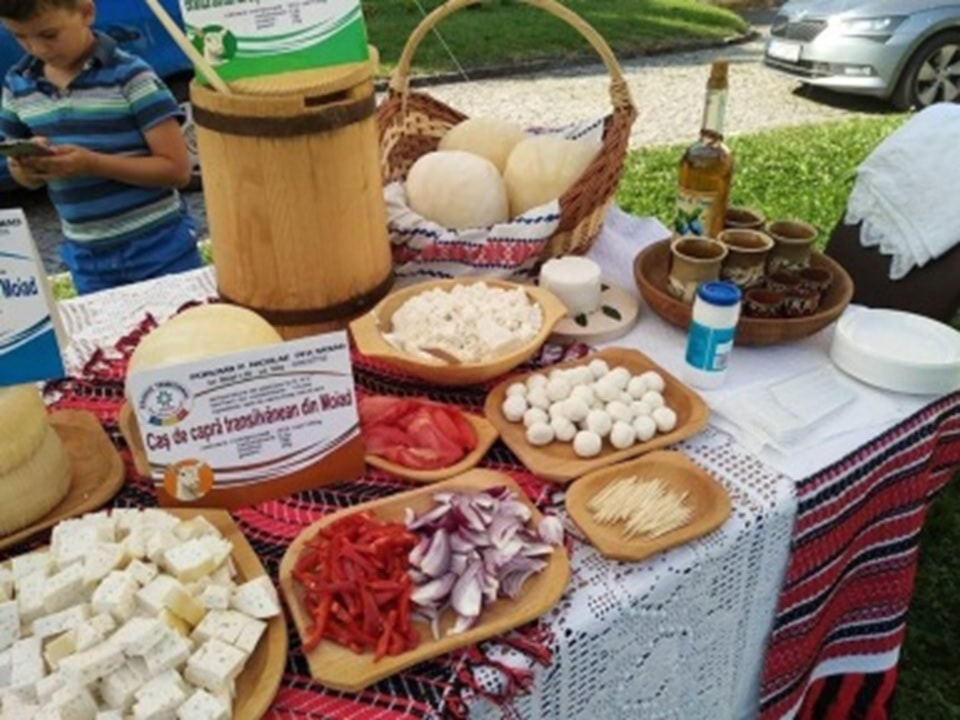
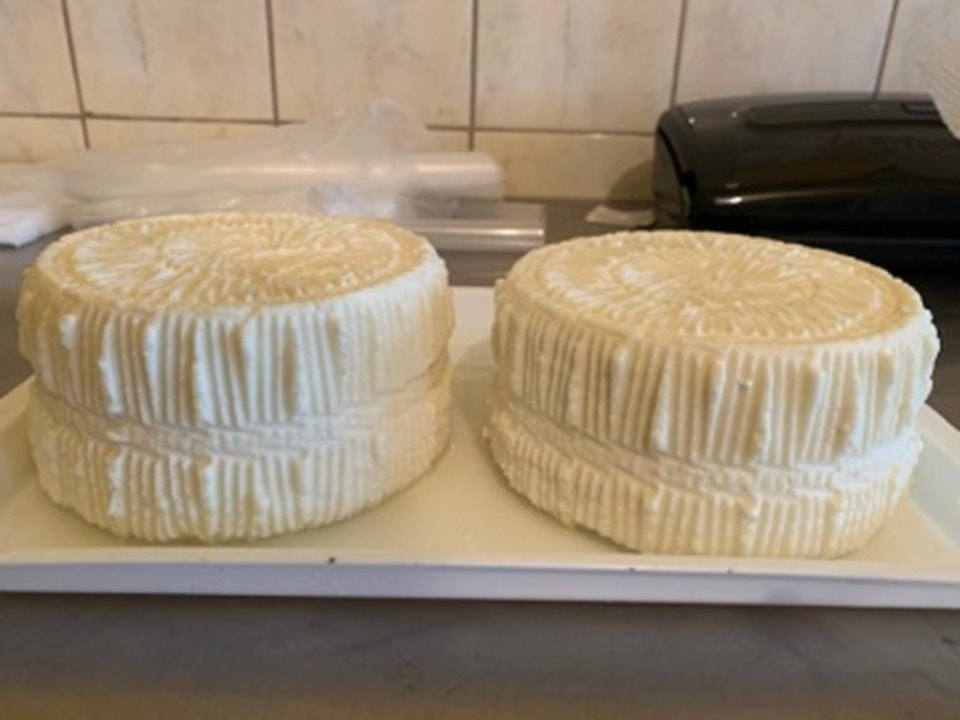
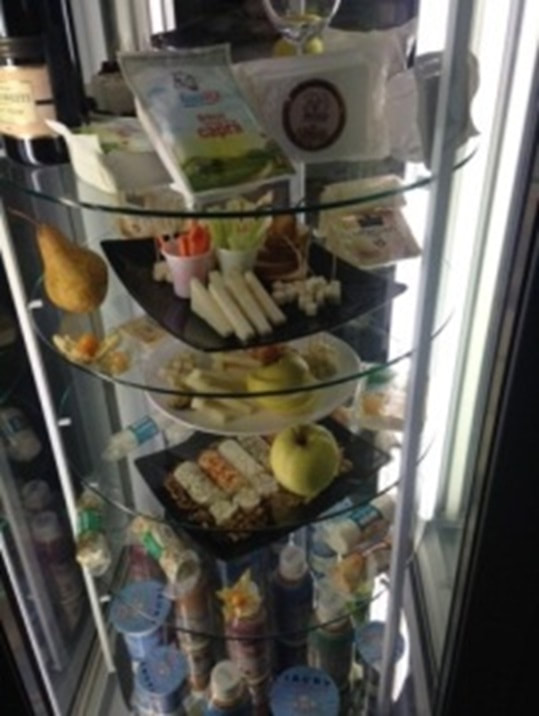
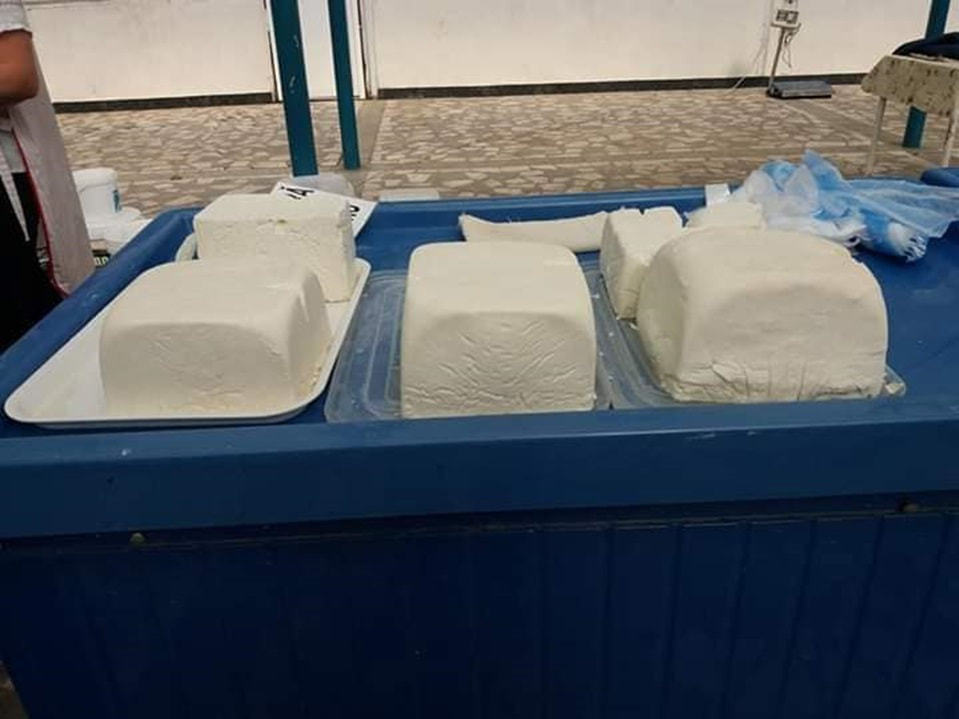
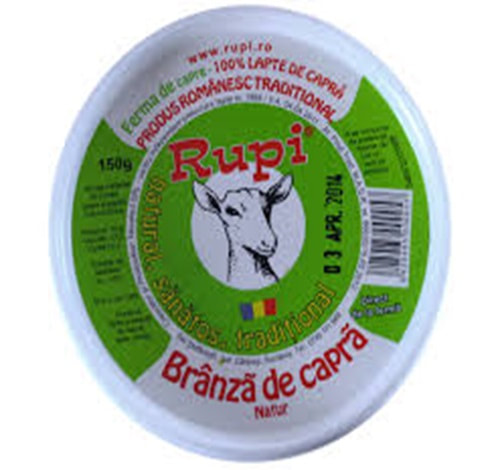
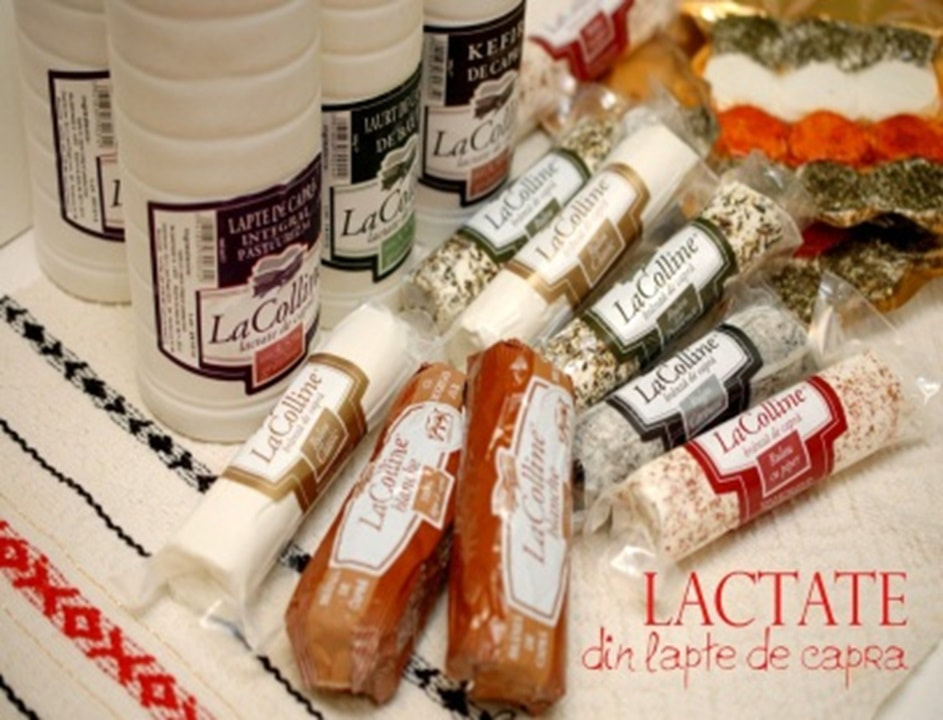
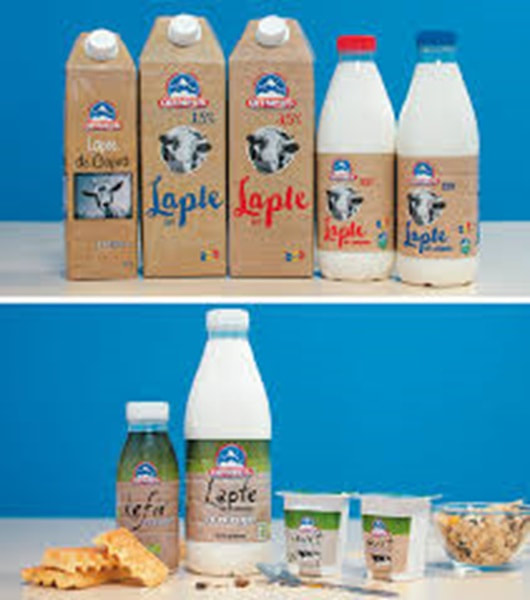
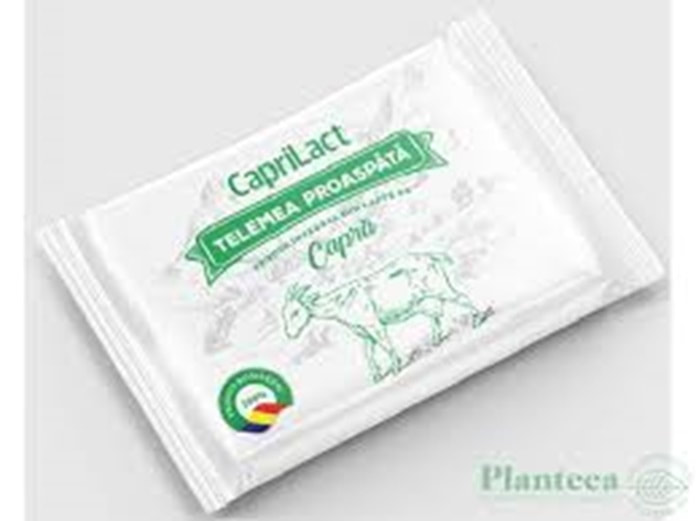
 RSS Feed
RSS Feed